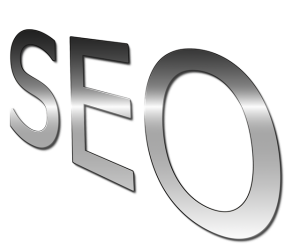On-Page SEO is vital for bloggers aiming to boost online visibility. It involves optimizing individual web pages, focusing on keyword research and strategic placement in titles and meta descriptions, to ensure content resonates with target audiences. Key elements include compelling title tags, meta descriptions that enhance click-through rates, high-quality, engaging content, and multimedia optimization. Strategic keyword placement, structured content with subheadings, proper paragraph formatting, internal linking, and optimized image elements all contribute to a robust On-Page SEO strategy, improving search engine rankings and user experience.
In today’s digital landscape, effective On-Page SEO is key to boosting blog visibility and attracting organic traffic. This comprehensive guide delves into the essential strategies for optimizing your content, from crafting compelling titles and meta descriptions to leveraging keywords and enhancing readability. We’ll explore internal linking as a powerful navigation tool, and show you how to optimize images for better search engine performance. By mastering these On-Page SEO techniques, you’ll lay a strong foundation for increased online exposure and engagement.
Understanding On-Page SEO: The Foundation of Digital Visibility
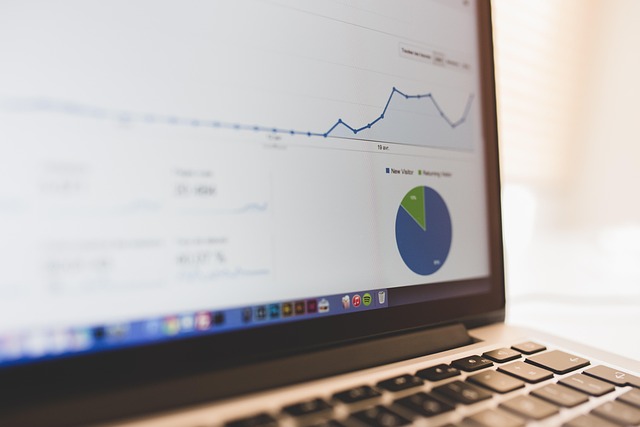
On-Page SEO forms the cornerstone of any digital marketing strategy, especially for blogs aiming to boost their online visibility. It refers to the practice of optimizing individual web pages to rank higher and gain more relevant traffic in search engine results. By focusing on these techniques, bloggers can ensure their content is not only engaging but also aligned with what their target audience is searching for.
At its core, On-Page SEO involves various elements such as keyword research, strategic placement of keywords within titles and meta descriptions, optimizing headings, and enhancing the overall user experience. These strategies help search engines understand the context and relevance of the content, leading to improved indexing and higher search rankings over time.
Optimizing Title Tags and Meta Descriptions for Maximum Impact

Title tags and meta descriptions are crucial components of on-page SEO, acting as a blog’s first impression to search engines and potential readers. These elements should be optimized with precision, ensuring they accurately represent the content while incorporating relevant keywords naturally. A well-crafted title tag, typically limited to 60 characters, captures the essence of the article, enticing users to click and engage.
Meta descriptions, though not directly ranked by search engines, play a significant role in click-through rates. Crafting compelling meta descriptions that provide a concise summary of the blog post’s content can significantly increase visibility. Balancing keyword usage with readability is key; a description that effectively communicates value while inviting users to explore further is more likely to boost traffic and improve overall on-page SEO performance.
Crafting Compelling Content That Engages and Search Engines
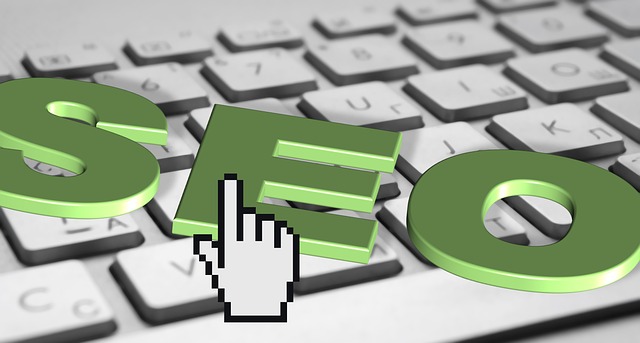
Compelling content is a cornerstone of effective On-Page SEO for Blogs. To engage both your audience and search engines, focus on creating valuable, unique, and relevant text that answers reader questions or solves their problems. Incorporate keywords naturally throughout your writing—in headings, subheadings, meta descriptions, and body copy—but always prioritize readability over keyword stuffing. High-quality content not only satisfies user intent but also encourages sharing, backlinks, and longer time spent on-page, all of which boost search engine rankings.
Additionally, multimedia elements like images, videos, and infographics can enhance engagement and On-Page SEO efforts. Optimize these assets with descriptive file names, alt tags, and captions that include relevant keywords, expanding the overall accessibility and searchability of your content. By combining powerful, keyword-rich content with strategic multimedia integration, you can create blog posts that not only capture attention but also achieve top rankings in search engine results.
Leveraging Keywords Strategically Throughout Your Blog Posts
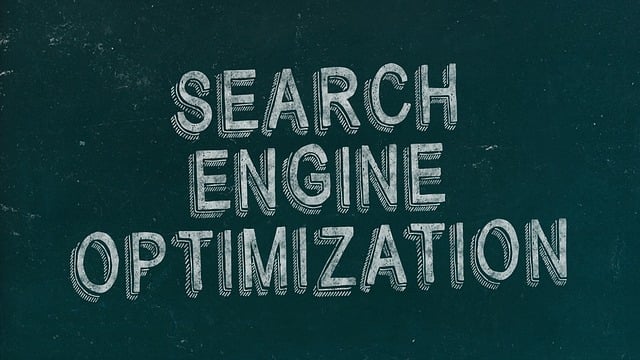
When crafting blog posts with a focus on On-Page SEO, strategic keyword placement is key. Keywords are the foundation of effective search engine optimization, ensuring your content resonates with readers while ranking highly in search results. Incorporate your primary keyword naturally throughout the post, from the introductory paragraphs to headings and subheadings. This contextual usage signals to search engines that your content is relevant and valuable.
Additionally, consider using related keywords and phrases (LSI keywords) to enhance your SEO. These support your main topic, provide additional value to readers, and expand your content’s reach. By strategically weaving these keywords into your writing, you create a rich, informative piece that attracts organic traffic and boosts your online visibility.
Enhancing Readability with Subheadings and Paragraph Structure
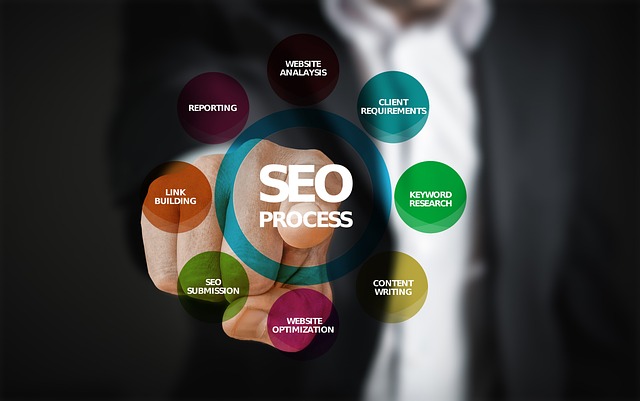
To enhance readability, structuring your blog content with subheadings and well-paced paragraphs is crucial for effective On-Page SEO. Subheadings break down dense text into digestible chunks, guiding readers through your content and signaling search engines where to focus their indexing. Each subheading should be scannable and provide a clear benefit or insight, encouraging users to delve deeper.
Proper paragraph structure complements this strategy by making your content more inviting. Short paragraphs with concise sentences improve readability on both the user and search engine levels. This approach not only makes your blog easier to scan but also ensures that each section of content is optimized for relevance and engagement.
The Power of Internal Linking: Navigating Your Blog's Information Architecture

Internal linking is a potent strategy within on-page SEO, allowing you to navigate your blog’s information architecture seamlessly. By linking to relevant articles within your own content, you create a network that helps search engines understand your site’s structure and topic relevance. This technique benefits both users and search algorithms by enabling quicker access to related information and enhancing the overall user experience.
When implementing internal links, focus on creating meaningful connections between posts. Strategically place links in your blog’s introduction, body text, or conclusion to guide readers and search engines alike. Ensure anchor text is descriptive and accurately represents the linked content, making it easier for both parties to grasp the context and follow these valuable navigation paths across your blog.
Optimizing Images for Better SEO Performance
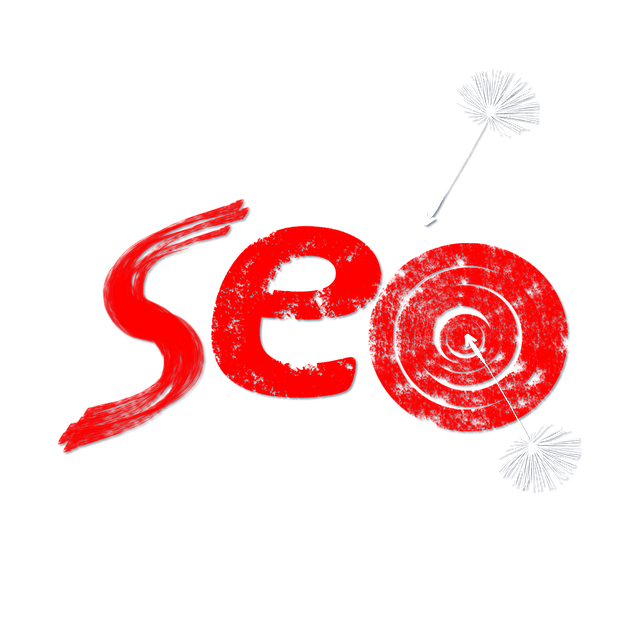
When it comes to on-page SEO for blogs, optimizing images is an often-overlooked but powerful tool. Images enhance user experience by making content more visually appealing and accessible. To maximize their SEO potential, ensure each image has a unique file name and alt text that accurately describes its content. Alt text not only improves accessibility for users with visual impairments but also provides search engines with crucial context, helping images rank higher in image search results.
Additionally, compressing images without losing quality reduces their file size, leading to faster page load times. This is a significant factor in on-page SEO as it directly impacts user experience and search engine rankings. Incorporating optimized images strategically throughout your blog posts can significantly boost their overall SEO performance, making them more discoverable and engaging for readers and search algorithms alike.
